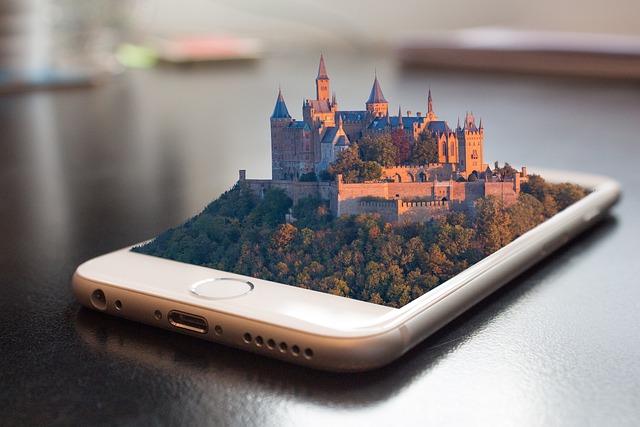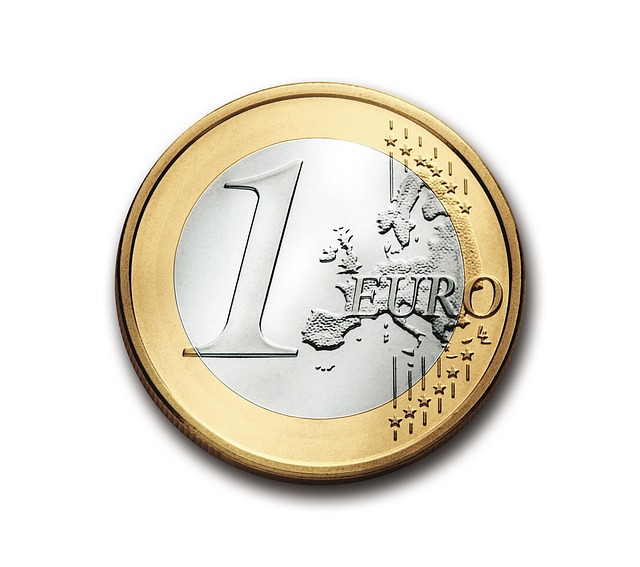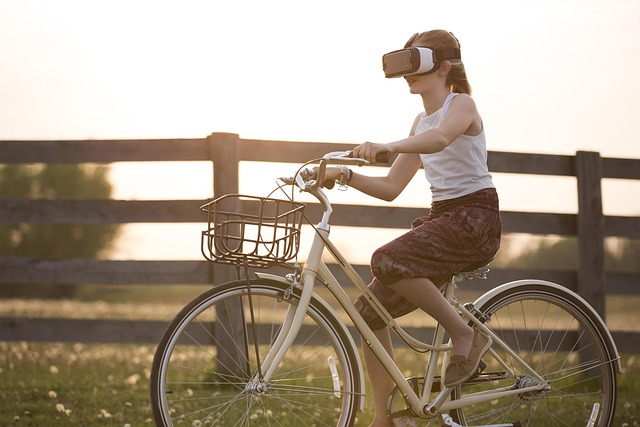Revolutionizing Education: Virtual Reality, Augmented Reality, and Opportunities in the Metaverse
Education is on the brink of a significant transformation, and at the heart of this change lies the integration of virtual reality and augmented reality technologies. The possibilities for school innovation have never been more promising, as these cutting-edge tools can transport students beyond the confines of traditional classrooms and empower them to experience learning in immersive, engaging ways.
Imagine a classroom where students can explore the depths of the ocean, walk through ancient civilizations, or even venture into outer space—all without leaving their seats. Virtual reality (VR) allows educators to create rich, simulated environments where students can interact with historical figures, manipulate complex scientific models, or practice language skills in immersive settings. This kind of experiential learning caters to various learning styles and can make complex concepts more relatable and easier to understand.
On the other hand, augmented reality (AR) enhances the real world by overlaying digital information. With AR, textbooks can spring to life, allowing students to visualize and interact with content in an engaging manner. For example, a simple illustration of the human heart can transform into a 3D model that students can explore from different angles. Such interactivity not only boosts students’ engagement but also deepens their understanding through visual and tactile experiences.
The metaverse takes these innovations a step further by creating a virtual environment where students can collaborate, participate in simulations, and engage in collective problem-solving. Within the metaverse, learning is no longer limited to geographical boundaries. A student in rural America can engage in a joint project with peers across the globe, fostering collaboration and cultural understanding in ways that were once unimaginable.
For educators, the adoption of VR, AR, and the metaverse brings a wealth of opportunities to redefine pedagogy. Teachers can design curricula that leverage these technologies to create more personalized learning experiences, tailoring lessons to meet individual needs and interests. Additionally, educators can use VR and AR for professional development, allowing them to enhance their teaching strategies continuously.
However, the transition to incorporate virtual and augmented reality in schools is not without its challenges. Lack of access to technology, insufficient training for teachers, and the need for appropriate curricular resources must be addressed. Some schools are already successfully piloting these technologies, demonstrating promising results in student engagement and academic performance, suggesting that the hurdles can be overcome with proper planning and commitment.
The landscape of education is evolving, and the integration of virtual reality and augmented reality stands as a beacon of innovation. As we embrace the opportunities presented by the metaverse, we must ensure that every student has access to these transformative experiences, paving the way for a brighter and more inclusive future in education.



